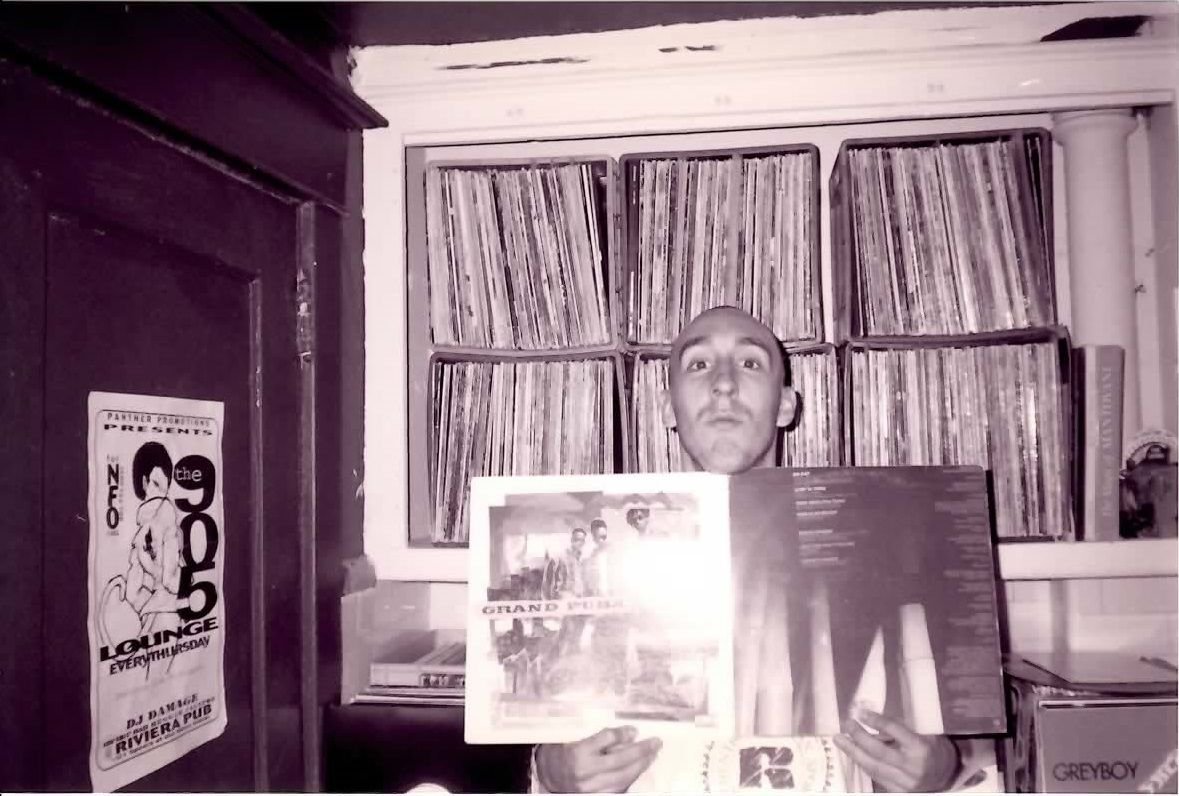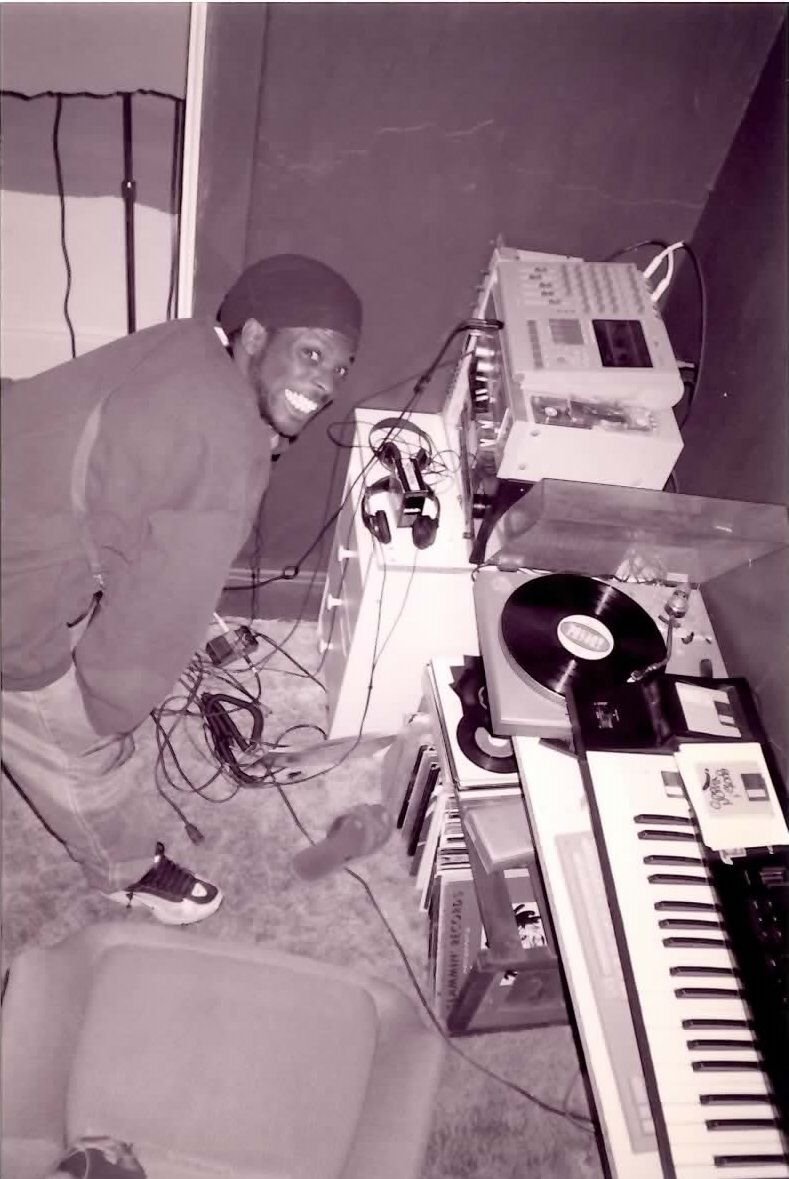I'm definitely not an OG, but I've been involved in Hip Hop for over 25 years now (and still doing it). Growing up in Downtown Toronto in the 80's it was through the movies Breakin' and Beat Street that I got my first introduction to what most people at the time had coined a "Fad". In the form of BBoying I met Hip Hop.
I didn't know much about the history then, but I was drawn to the movements and dance immediately. During the summer of '85 my friends and I made it a weekly routine of setting up our broken-down cardboard box on Queen St. W in front of the (now gone) Bamboo. We didn't have much growing up so the money we made busking went to buying new batteries for the boombox and some candy and soda. The good old days.
Fast forward to 1991. My mother had rented a keyboard & sequencer from Long & McQuade to mess around with. You're probably wondering what a sequencer is huh? Well, that's not that important to the story. So I started to mess around with it as well, using some of my cassettes and CD's to sample from and make loops of my favorite songs. I was hooked!
By the summer of '92 I'd saved enough money from my jobs to buy my very own Roland W-30 for $2000. It was my prized possession and eventually the instrument that brought into existence one of Canada's biggest Hip Hop crews. (that's another story)
The video above shows what The Prodigy used to create their songs and is the best example I could find to show you. If only I can find those old 8MM takes again and put up the footage. I definitely need to do that one day!

If you're familiar with the famous Akai MPC-2000 some of what I'm about to explain might familiar. See, the W-30 had a total of 7 seconds of sampling time at 12-bit, which you could could double by reducing to 6-bit. At first I was just sampling loops from my moms Vinyl or CD's and Cassettes that I had and I would assign the samples to different keys and hold them down in loop mode. It made for a simple start with immediate results.
TIP: To get even more time we would speed the record up to 45RPM
But how did I set the in & out points for the loop without visually seeing the wave? Well.. That's called "Truncating". I would record my sample, use the dial and while listening, I would locate manually with my ears the in point and the end point and then I would Truncate the selection to free up more time by deleting the unused end bits.

The two photos above were taken in 1998 in our home studio the Cryptik Souls "Cabana". First one is of me with some of our record collection and the second one is the brother Jomo checking out the studio.
So when you open up your DAW to make your next beat, think about how easy you have it now!
Here are some beats that were created over the years compiled by the brother Obe One.

